Exynos 2400 vs 8 Gen 2 Which Is Better?
With mobile technology developing at a quick pace, the war between chipsets is fiercer than ever. The Exynos 2400 and the Snapdragon 8 Gen 2 are two well-known competitors in the Exynos 2400 vs 8 Gen 2 Which Is Better debate. Although both processors have amazing specs, which one is the real winner? To discover which chipset is best, we will examine a wide range of factors including gaming performance, CPU architecture, power efficiency, and more in this in-depth research.
CPU Architecture and Design
A chipset’s total performance is largely determined by its architecture. Based on 4nm process technology, the Exynos 2400 offers improved performance and efficiency over its predecessor. With its distinct architecture, it has eight cores: three mid-performance cores, four energy-efficient cores, and one high-performance core. A balanced approach to processing is made possible by this design, which maximizes both power and performance.
Conversely, the Snapdragon 8 Gen 2 has a octa-core design and uses a 4nm process as well. One prime core, five performance cores, and two efficiency cores make up its architecture. The goal of this design is to maximize single-threaded performance, which is especially useful for jobs requiring quick response times.
Performance Benchmarks: A Closer Look
We notice significant disparities between the Exynos 2400 and Snapdragon 8 Gen 2 when evaluating their performance benchmarks. Benchmarks from sites such as Geekbench and AnTuTu show that while the Exynos 2400 maintains its lead in multi-core situations, the Snapdragon 8 Gen 2 frequently achieves higher single-core scores.
- Single-Core Performance: The Exynos 2400 earns approximately 1,300 to 1,500 points, whereas the Snapdragon 8 Gen 2 normally scores between 1,500 and 1,700 points.
- Multi-Core Performance: The Exynos 2400 can score between 3,800 and 4,200 points in multi-core testing, whereas the Snapdragon 8 Gen 2 typically gets between 3,600 and 4,000 points.
These findings suggest that although the Snapdragon 8 Gen 2 is very good at single-threaded operations, the Exynos 2400 might be more effective in situations where multi-core processing is advantageous.
Related Post
Exynos 2400e vs 2400: What Revolutionary Differences Set These Samsung Galaxy S24 FE Chipsets Apart?
Gaming Performance: A Game Changer?
For fans of mobile gaming, gaming performance is an important consideration. Although both processors are capable of handling difficult games, their capacities differ. The Snapdragon 8 Gen 2 is renowned for its graphics performance, which is enhanced with the Adreno GPU for faster frame rates and more fluid gameplay.
The Xclipse 940 GPU, on the other hand, is a feature of the Exynos 2400 that likewise provides remarkable graphics performance. Nonetheless, the Snapdragon 8 Gen 2 typically achieves higher frame rates when compared to gaming benchmarks, especially in graphically demanding games.
Heat Management and Power Efficiency
Heat management is one of the major issues with high-performance chipsets. Thanks to its sophisticated thermal management technology, the Exynos 2400 has made progress in this area and can continue to operate without throttling even under high loads. It effectively controls the heat generated during prolonged gaming sessions, which is essential to preserving the user experience.
Regarding power efficiency, both chipsets function quite well. On the other hand, the Exynos 2400 is frequently commended for its lower power consumption in light-use and idle situations, which might result in an increase in battery life. In contrast, the performance-oriented architecture of the Snapdragon 8 Gen 2 can cause it to use more power while under stress.
AI Performance and Machine Learning Capabilities
AI performance and machine learning will play an increasingly important role in mobile technologies in the future. Because the Exynos 2400 has sophisticated neural processing units (NPUs), it can do AI jobs well. Features like speech recognition, picture processing, and tailored user experiences are improved by this capacity.
Comparably, the Snapdragon 8 Gen 2 incorporates strong AI capabilities, using its AI engine to boost functions like real-time language translation and camera improvements. While both processors perform quite well in this area, use cases and software optimization may have an impact on how effective they are.
Software Optimization and User Experience
How well the software makes use of the hardware capabilities has a big impact on the user experience as a whole. Android smartphones that have undergone significant software optimization are frequently combined with the Snapdragon 8 Gen 2, providing a fluid and snappy user experience. Customers often comment that this processor makes their smartphones feel snappier, especially while multitasking and launching applications.
On the other hand, the Exynos 2400 provides a seamless user experience as well, however its performance varies depending on the device in question and the software that the manufacturer has implemented. Samsung, which is renowned for its software enhancements, has worked hard to improve the functionality of devices that use the Exynos 2400. Exynos 2400 vs 8 Gen 2 Which Is Better?
Battery Life and Longevity
Battery life is another important factor that buyers consider when deciding between handsets running Snapdragon 8 Gen 2 and Exynos 2400 processors. Owing to its effective architecture, the Exynos 2400 is frequently regarded as having longevity, particularly in cases involving regular use. It works well with light loads and can prolong battery life when using it for routine tasks like streaming and surfing. Exynos 2400 vs 8 Gen 2 Which Is Better?
However, because of its increased performance output, the Snapdragon 8 Gen 2 may result in a quicker battery drain when using both CPUs to the maximum extent possible when gaming or multitasking. Even so, it offers a great experience for gaming and using resource-intensive apps. Exynos 2400 vs 8 Gen 2 Which Is Better?
5G Support and Industry Trends
Thanks to their powerful 5G support chipsets, consumers may expect rapid mobile data speeds. The need for this feature is growing as more users depend on their smartphones for data-intensive tasks. The Exynos 2400 and Snapdragon 8 Gen 2 chipsets’ integration of 5G demonstrates their dedication to staying abreast of industry developments. Exynos 2400 vs 8 Gen 2 Which Is Better?
Conclusion: Which Is Better?
In the duel of Exynos 2400 vs 8 Gen 2, it is apparent that both processors have their strengths and shortcomings. For gamers and those looking for top-notch performance, the Snapdragon 8 Gen 2 excels in single-core performance, graphics performance, and software optimization. In the meanwhile, the Exynos 2400 is a great option for those who value longevity and efficiency because of its multi-core tasks, battery life, and AI capabilities. Exynos 2400 vs 8 Gen 2 Which Is Better?
The decision between the two will ultimately come down to personal tastes and application scenarios. The Exynos 2400 may be a better option for people looking for efficiency and balanced performance, while for gamers and power users, the Snapdragon 8 Gen 2 might be the better option. Exynos 2400 vs 8 Gen 2 Which Is Better?
FAQs regarding the Exynos 2400 vs 8 Gen 2:
1. What are the key differences between the Exynos 2400 and Snapdragon 8 Gen 2 in terms of performance?
The Snapdragon 8 Gen 2 typically excels in single-core performance, making it faster for tasks requiring immediate responsiveness. In contrast, the Exynos 2400 performs better in multi-core scenarios, which benefits applications that can leverage multiple cores. This means that while the Snapdragon 8 Gen 2 may offer snappier performance in everyday tasks, the Exynos 2400 can handle multitasking more efficiently.
2. How do these chipsets perform in gaming?
Both the Exynos 2400 and Snapdragon 8 Gen 2 are designed for gaming, but the Snapdragon 8 Gen 2 often delivers superior graphics performance due to its Adreno GPU, providing higher frame rates and smoother gameplay in graphically demanding games. The Exynos 2400, with its Xclipse 940 GPU, also performs well, but users may notice slightly lower frame rates in certain titles.
3. Which chipset is more power-efficient?
The Exynos 2400 is often praised for its power efficiency, especially in light-use scenarios, which can lead to better battery life. It maintains lower power consumption during idle times and regular tasks. The Snapdragon 8 Gen 2, while powerful, may consume more energy under heavy loads, particularly during gaming, resulting in quicker battery drain when performing intensive tasks.
4. How do these processors handle AI and machine learning tasks?
Both chipsets feature advanced neural processing units (NPUs) that enhance their capabilities in AI performance and machine learning. The Exynos 2400 excels in efficient execution of AI tasks, improving features like image processing and voice recognition. The Snapdragon 8 Gen 2 also offers robust AI capabilities, making both processors suitable for applications that require machine learning.
5. What should I consider when choosing between devices powered by Exynos 2400 and Snapdragon 8 Gen 2?
Your choice should depend on your specific needs and usage scenarios. If you prioritize gaming performance and responsiveness in single-threaded tasks, the Snapdragon 8 Gen 2 is likely the better option. However, if you value battery life, multi-core performance, and overall efficiency, the Exynos 2400 may be more appealing. Additionally, consider the software optimizations provided by the device manufacturer, as this can significantly affect the user experience.

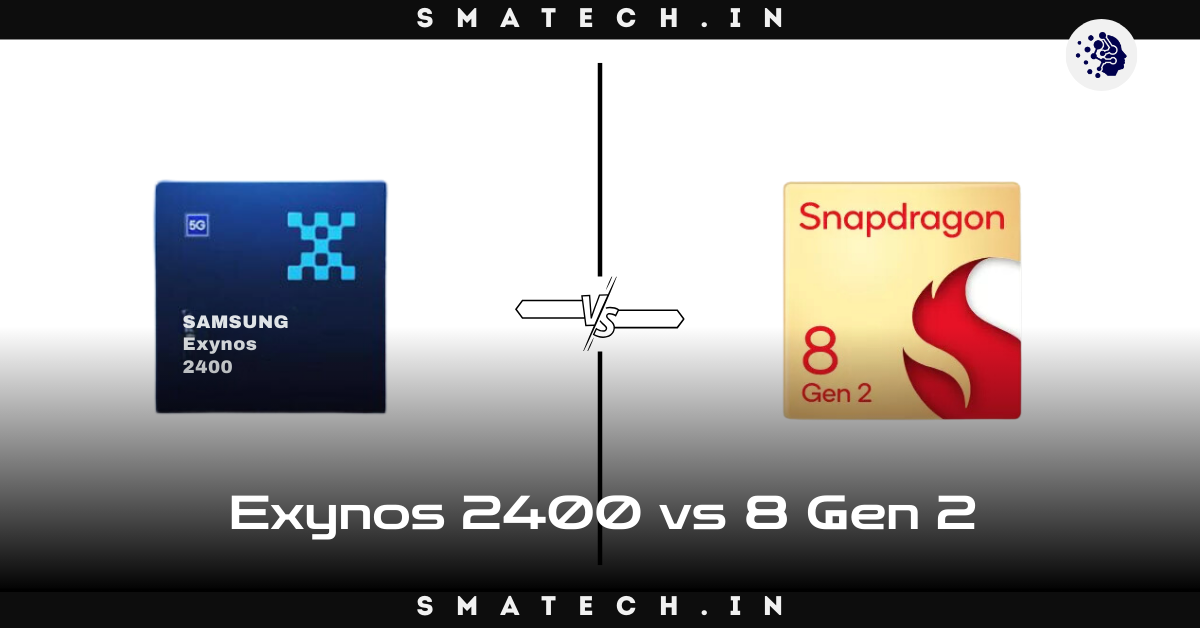
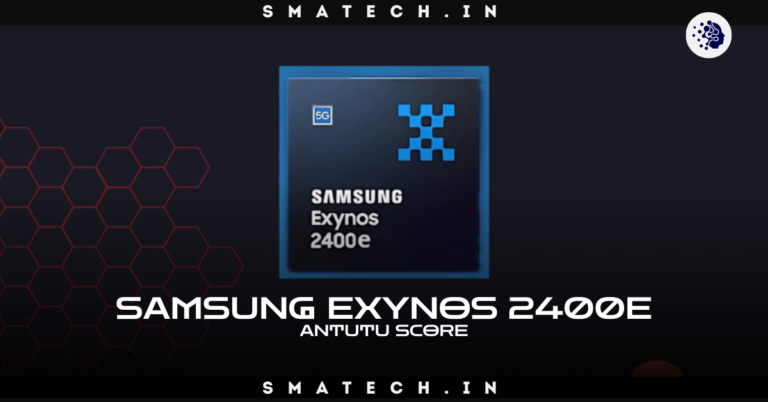
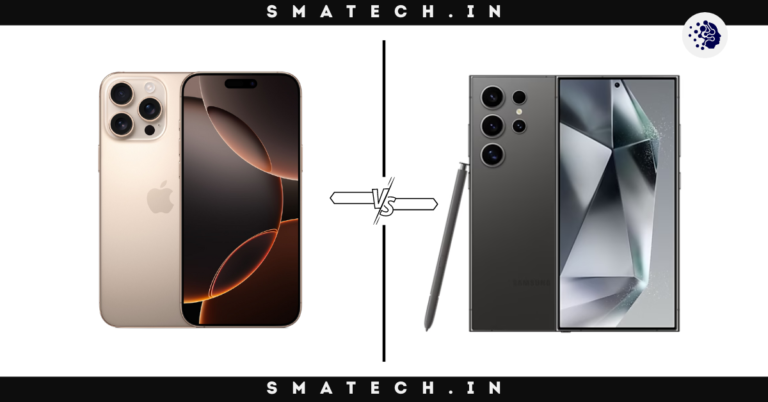
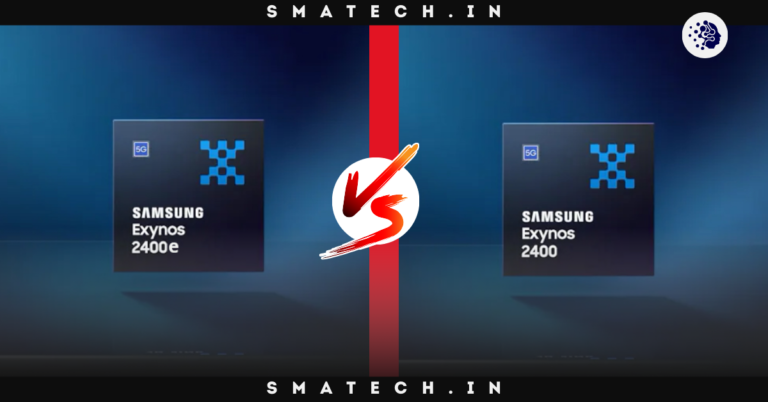

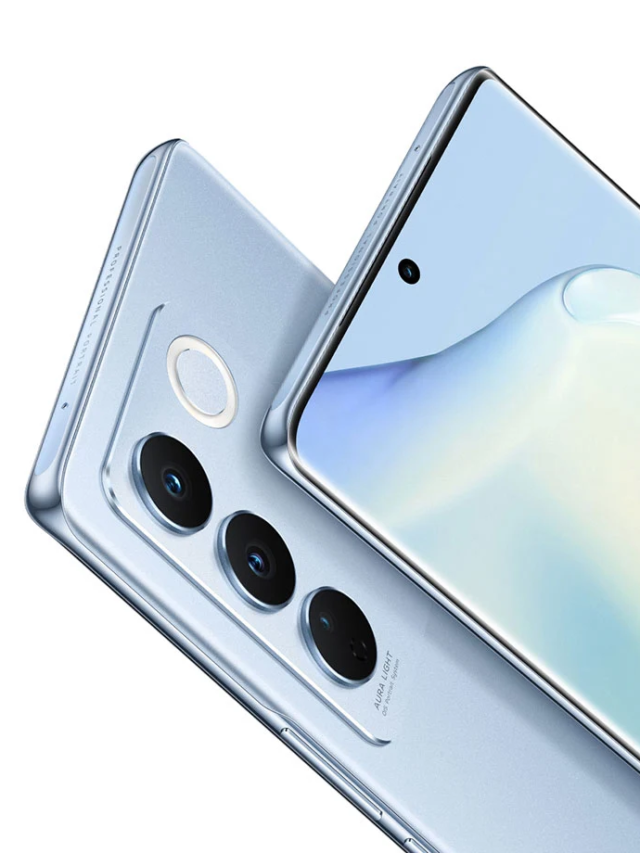
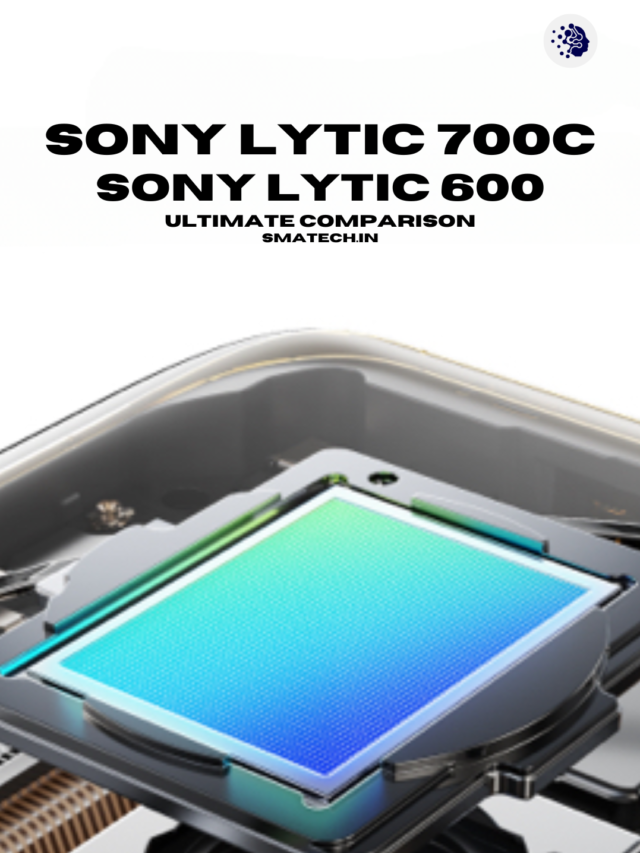
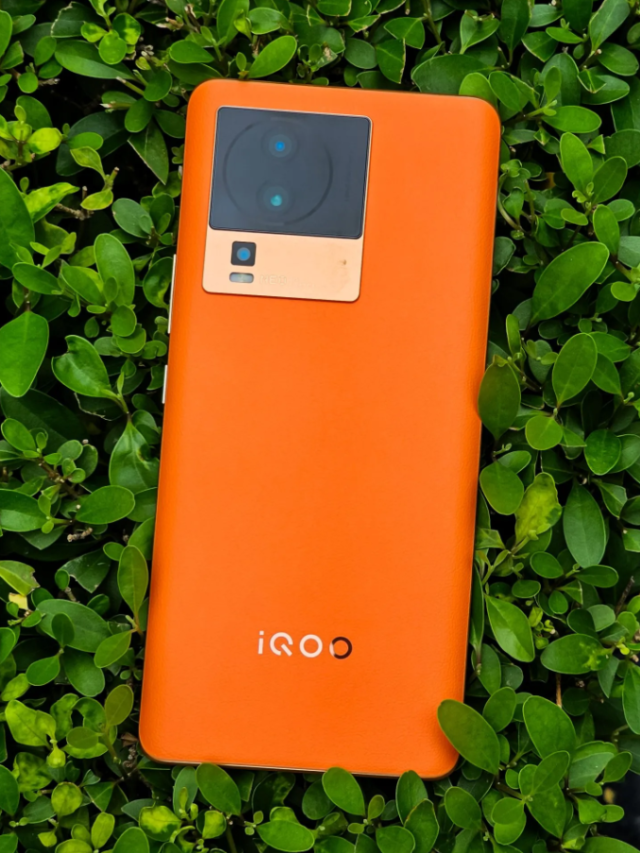
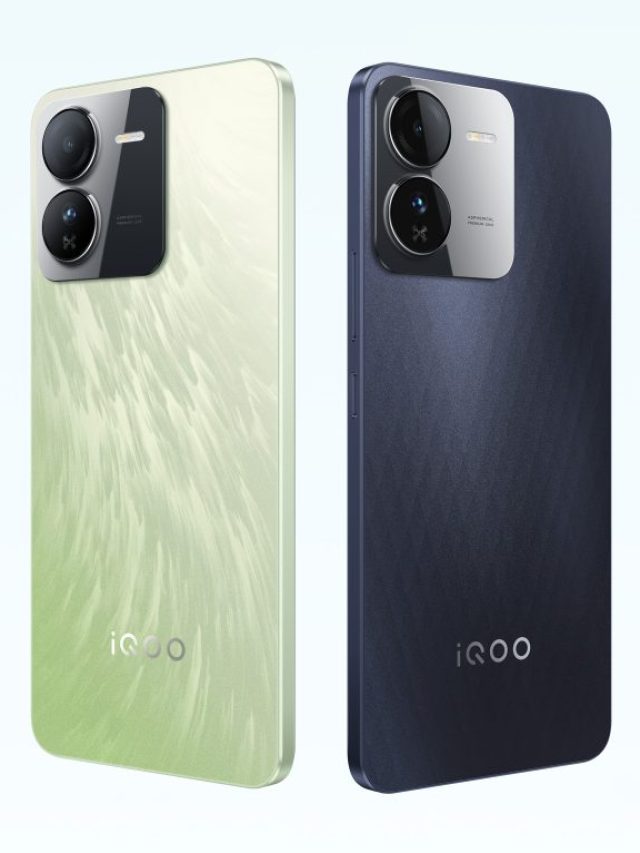
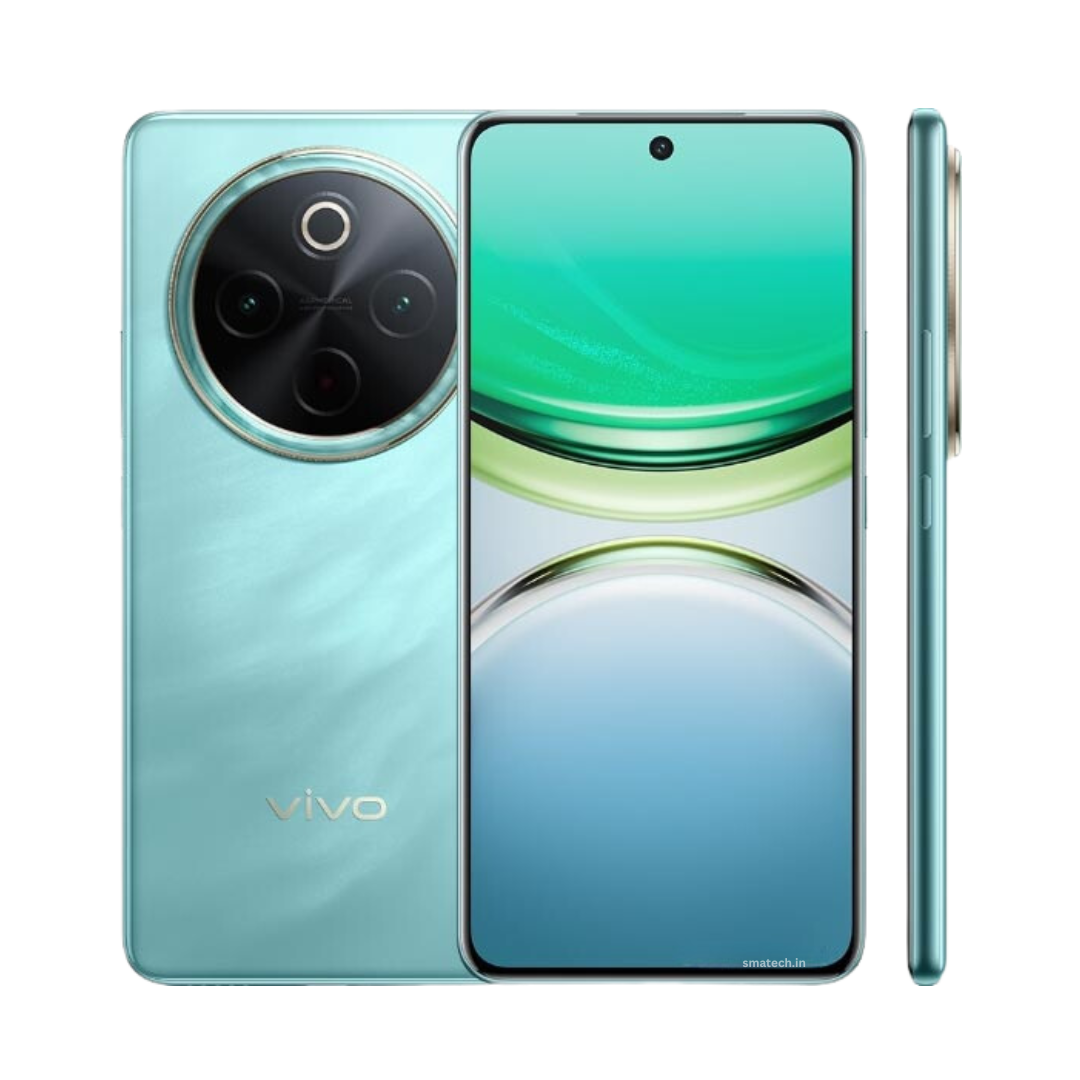

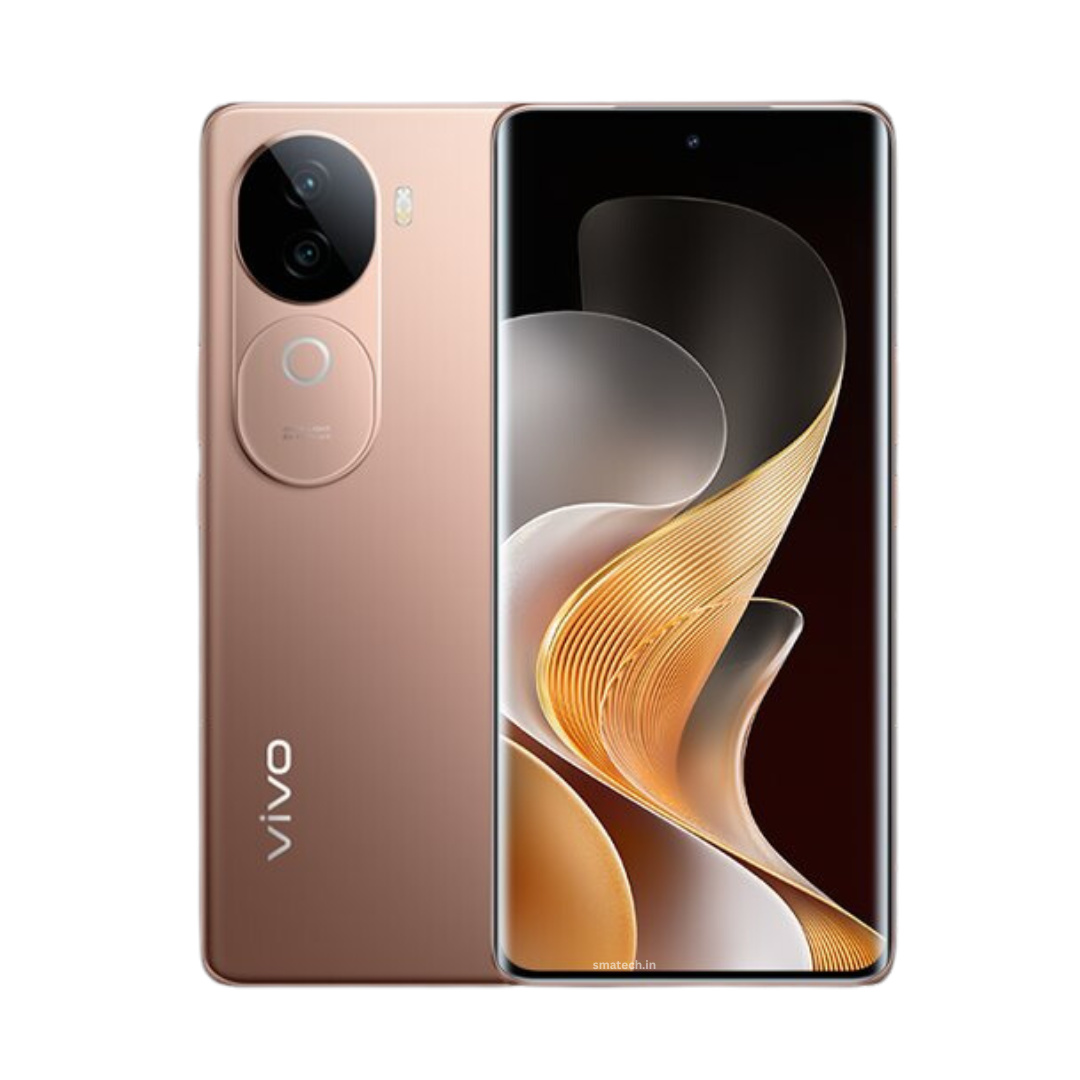

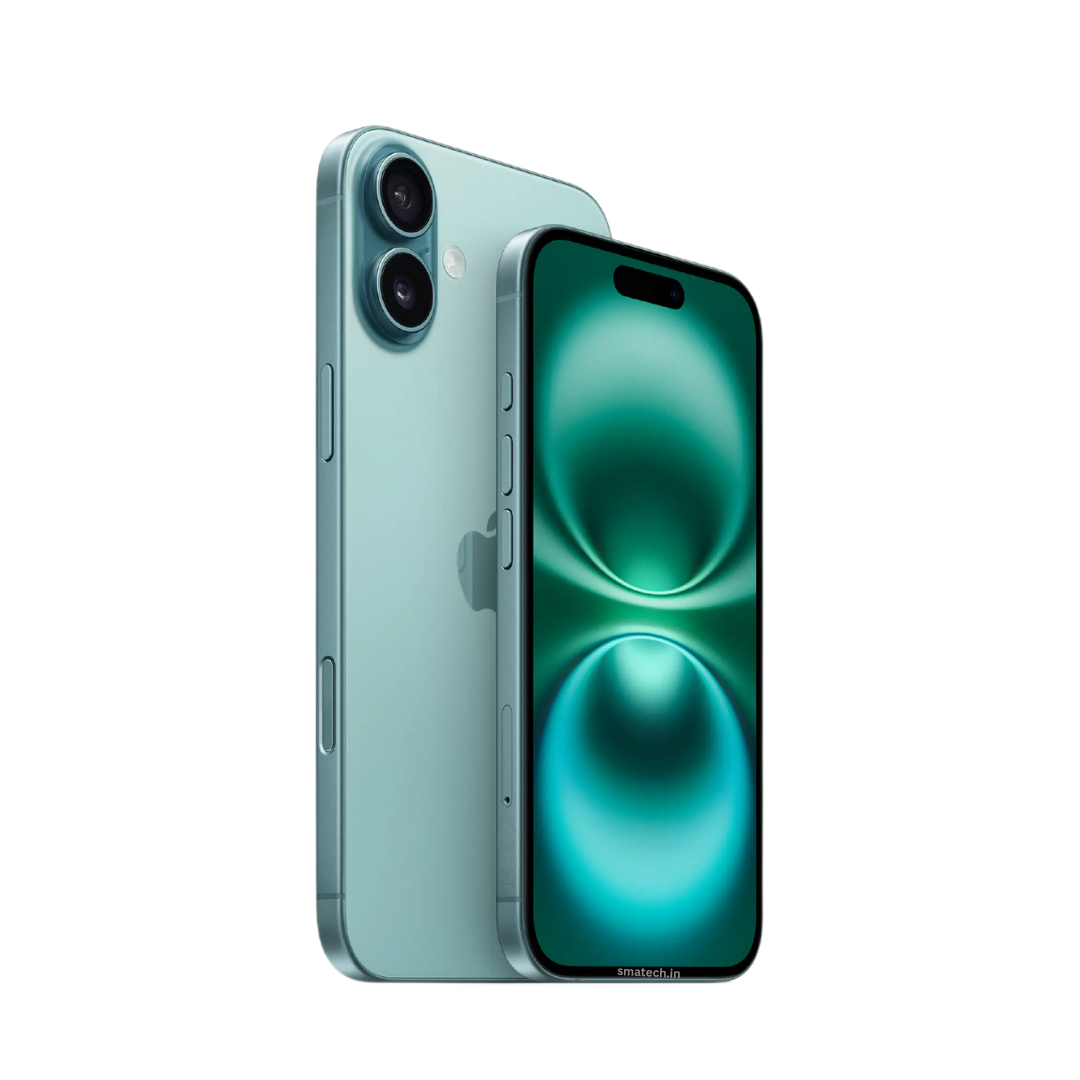
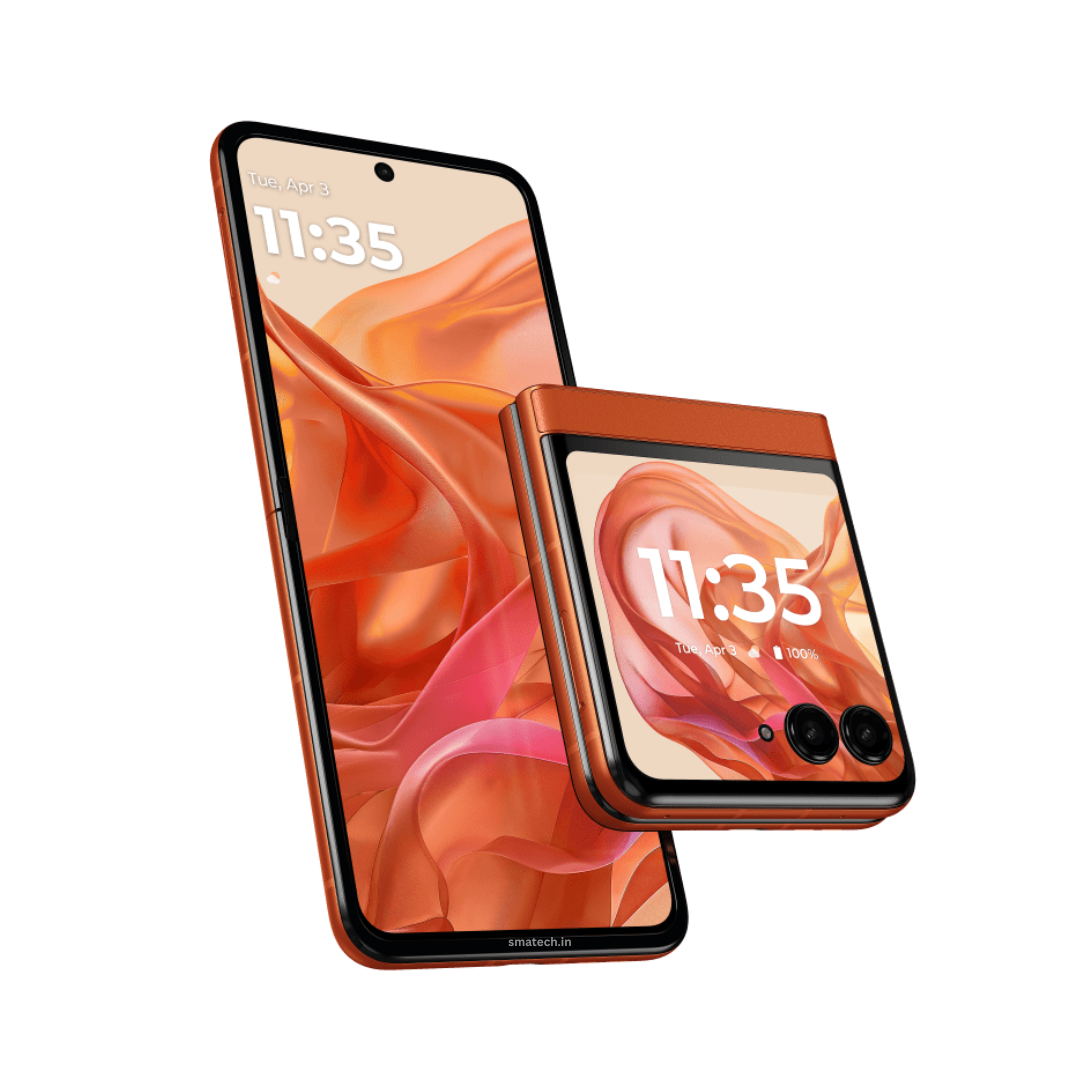






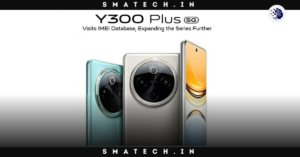
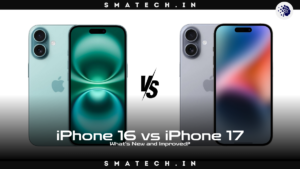
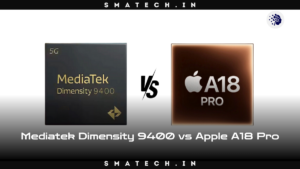
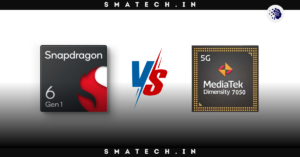
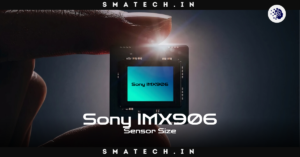
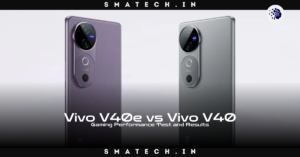
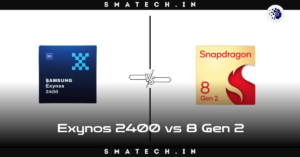
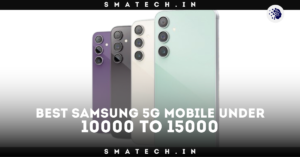





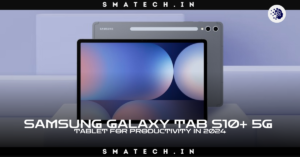






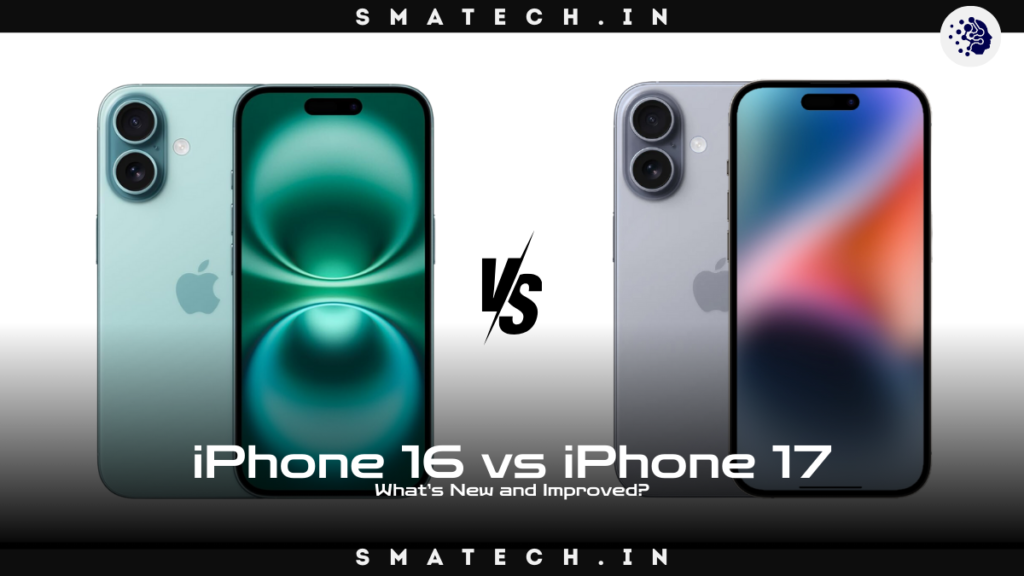
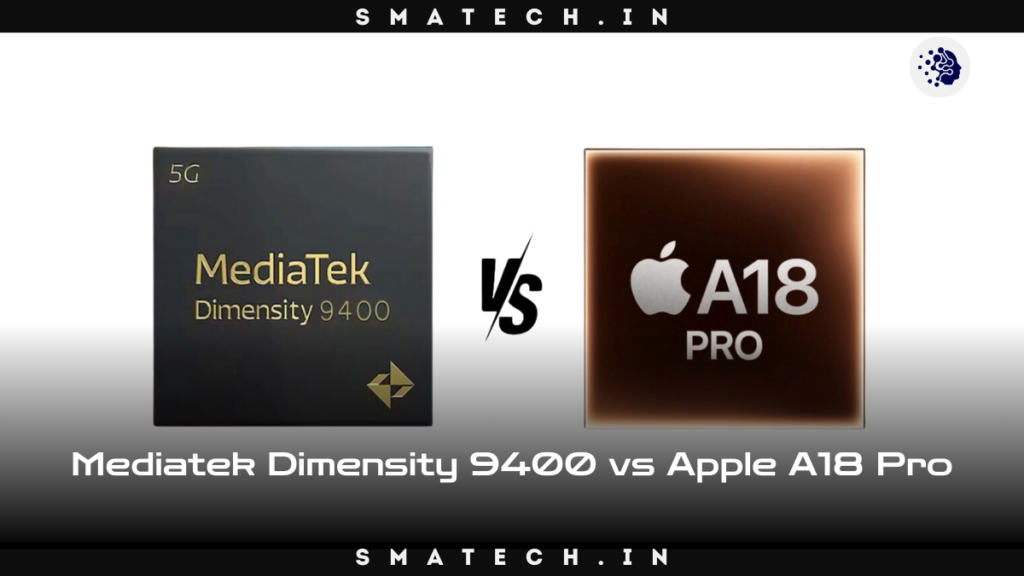
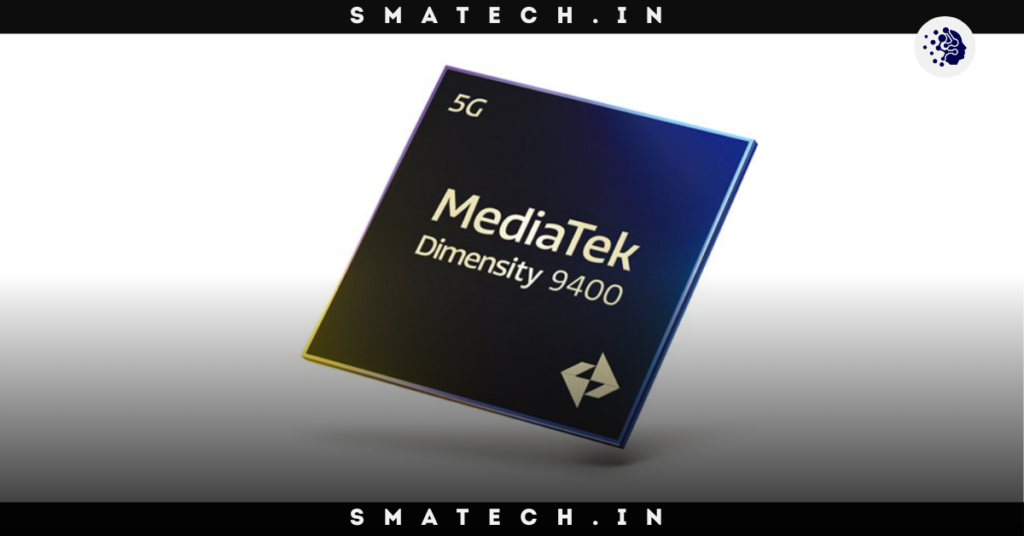
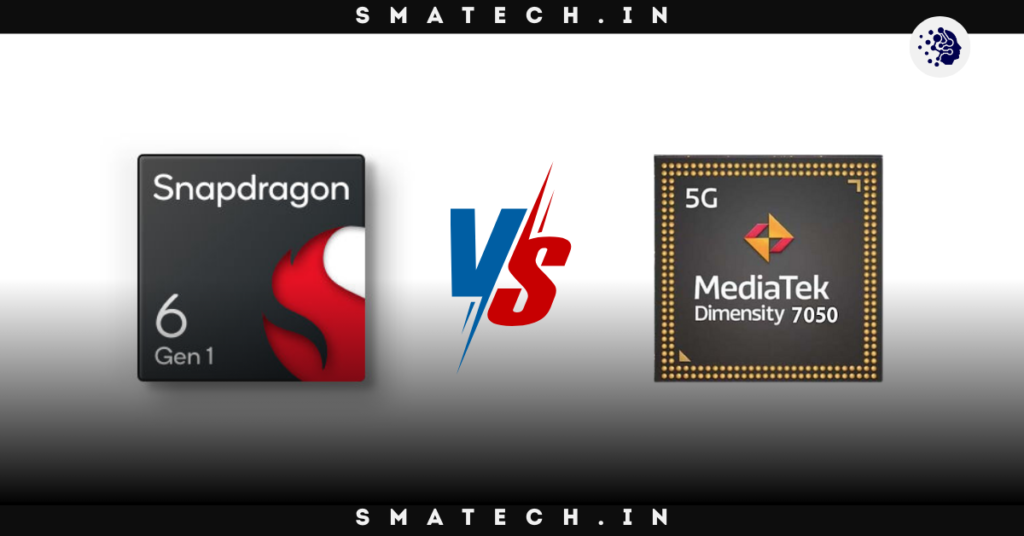

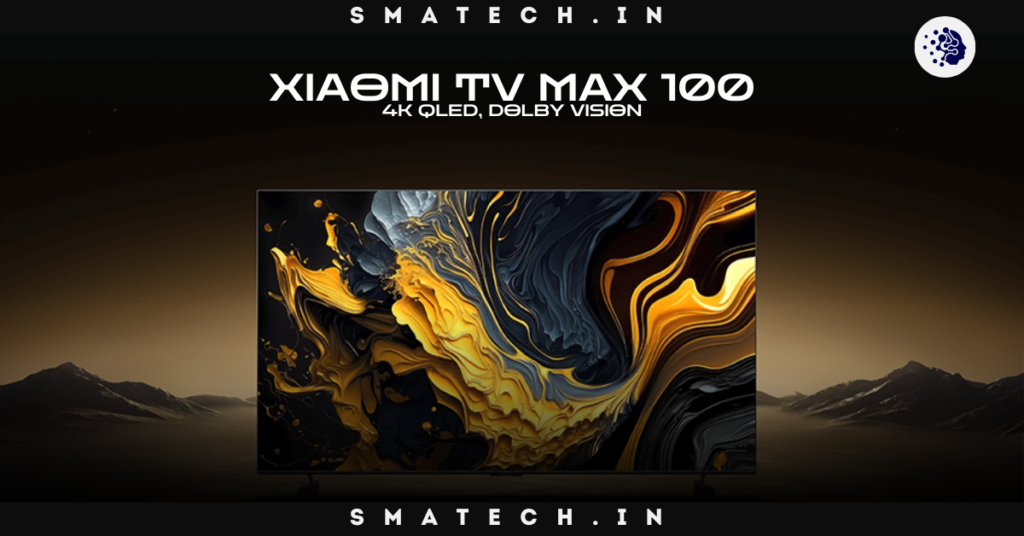



3 thoughts on “Exynos 2400 vs 8 Gen 2 Which Is Better for Performance?”
Dear smatech.in admin, Thanks for the valuable information!
It’s smatech.in teams word for a giving Great content
I owe you one